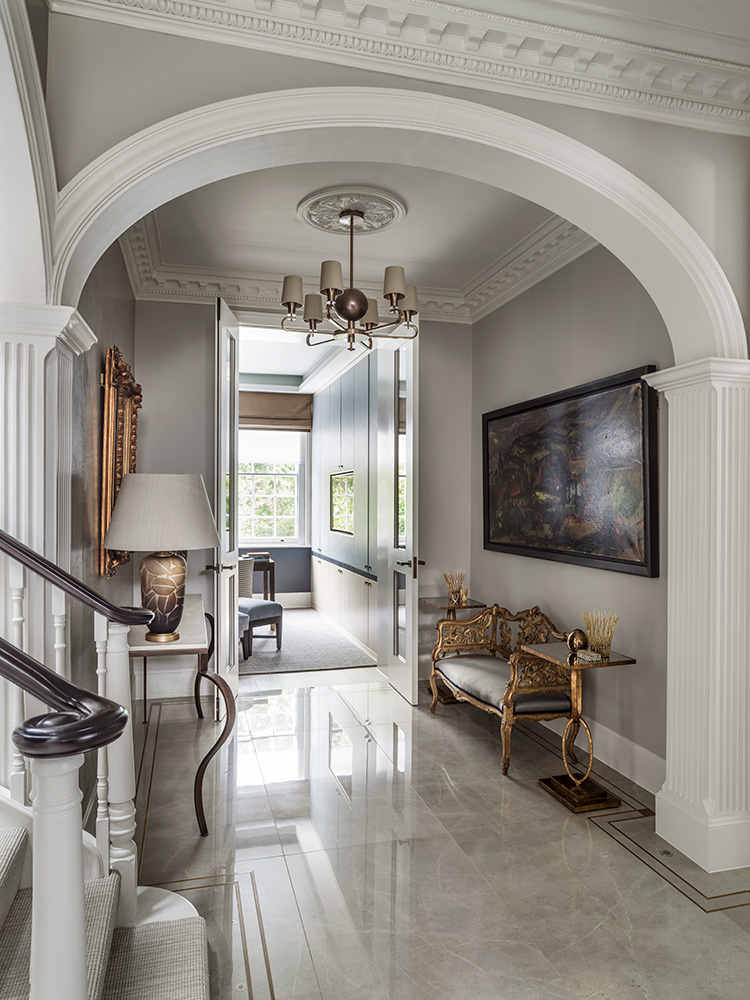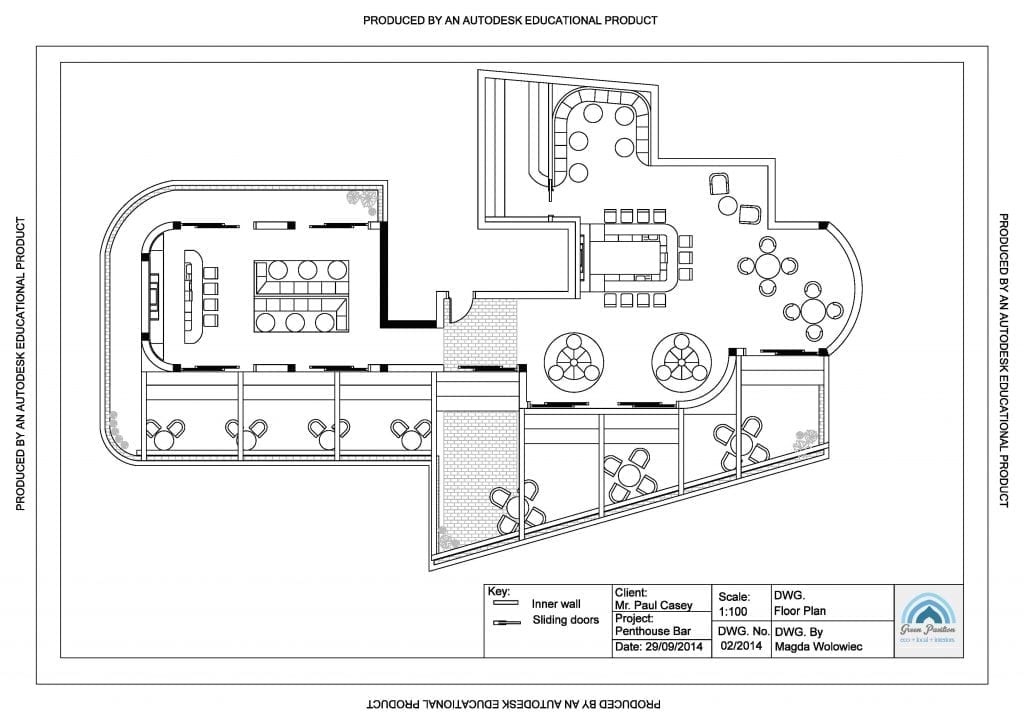Expert Rural Home Styling for a Peaceful Escape
Expert Rural Home Styling for a Peaceful Escape
Blog Article
The Art of Equilibrium: Just How Interior Design and Home Architect Collaborate for Stunning Results
In the world of home layout, striking a balance in between aesthetics and capability is no tiny feat. This fragile stability is attained through the unified collaboration between interior developers and engineers, each bringing their special expertise to the table. Keep with us as we check out the ins and outs of this collective procedure and its transformative effect on home style.
Recognizing the Core Differences In Between Inside Style and Home Style
While both Interior Design and home design play vital roles in developing visually pleasing and functional rooms, they are inherently various techniques. Home design mainly concentrates on the architectural aspects of the home, such as developing codes, safety and security guidelines, and the physical building and construction of the space. It manages the 'bones' of the structure, dealing with spatial measurements, bearing walls, and roof layouts. On the other hand, Interior Design is more worried with improving the aesthetic and sensory experience within that structure. It includes selecting and setting up furnishings, picking color pattern, and incorporating ornamental elements. While they work in tandem, their duties, obligations, and areas of expertise diverge significantly in the production of a harmonious home environment.
The Harmony Between Home Design and Interior Layout
The synergy between home style and Interior Design hinges on a shared vision of design and the enhancement of functional looks. When these 2 areas line up sympathetically, they can change a space from ordinary to extraordinary. This partnership requires a deeper understanding of each self-control's principles and the capability to produce a cohesive, visually pleasing atmosphere.
Unifying Design Vision
Merging the vision for home style and Interior Design can create an unified home that is both functional and cosmetically pleasing. The equilibrium begins with an integrated state of mind; designers and indoor designers collaborate, each bringing their competence. This unison of concepts creates the layout vision, a plan that guides the job. This common vision is vital for consistency throughout the home, making sure a liquid transition from exterior architecture to indoor rooms. It advertises a synergistic technique where building aspects enhance Interior Design elements and the other way around. The result is a cohesive space that shows the homeowner's character, way of life, and preference. Therefore, unifying the design vision is vital in blending architecture and Interior Design for spectacular results.
Enhancing Useful Appearances
Exactly how does the synergy in between home design and Interior Design improve useful looks? This synergy enables the creation of spaces that are not only aesthetically appealing yet also pleasantly functional. Engineers prepared with their architectural design, guaranteeing that the room is sensible and reliable. The interior designer then matches this with carefully chosen elements that boost the aesthetics without endangering the functionality. This harmonious collaboration can lead to homes that are both attractive and livable. For circumstances, an architect might design a residence with huge home windows and high ceilings. The interior developer can after that emphasize these attributes with high plants and sheer curtains, respectively, thus boosting the aesthetic charm while maintaining the functional benefits of natural light and space.
Importance of Partnership in Creating Balanced Spaces
The partnership in between indoor designers and architects is essential in developing balanced rooms. It brings harmony in between layout and design, providing birth to areas that are not just cosmetically pleasing yet likewise functional. Discovering effective joint methods can offer insights into just how this synergy can be successfully accomplished.
Integrating Design and Style
Balance, a crucial element of both Interior Design and style, can only absolutely be achieved when these two areas work in harmony. This harmony is not merely a visual consideration; it affects the capability, toughness, and eventually, the livability of a room. Interior designers and architects have to comprehend each other's roles, appreciate their knowledge, and interact effectively. They have to take into consideration the interaction of structural aspects with style, the circulation of spaces, and the influence of light and color. This joint process causes a cohesive, well balanced design where every element contributes and has a purpose to the total aesthetic. Integrating layout and style is not just concerning developing gorgeous rooms, but regarding crafting areas that work flawlessly for their residents.
Effective Collaborative Approaches

Situation Studies: Successful Assimilation of Design and Style
Examining a number of instance studies, it emerges just how the successful assimilation of Interior Design and architecture can change a room. The Glass Home in Connecticut, renowned for its minimalistic sophistication, is one such example. Architect Philip Johnson and interior designer Mies van der Rohe teamed up to create an unified equilibrium between the structure and the inside, leading to a smooth flow from the outside landscape to the internal living quarters. An additional exemplar is the Fallingwater House in Pennsylvania. Architect Frank Lloyd Wright and indoor designer Edgar Kaufmann Jr.'s collective efforts result in a stunningly one-of-a-kind residence that blends with its natural environments. These case researches underscore the profound effect of an effective layout and design partnership.

Conquering Obstacles in Design and Architecture Cooperation
Despite the indisputable benefits of a successful partnership in between Interior Design and architecture, it is not without its difficulties. Communication issues can emerge, as both events may utilize various terms, internet understandings, and approaches in their job. This can lead to misconceptions and delays in project completion. One more major obstacle is the harmonizing act of appearances and capability. Architects might focus on architectural honesty and security, while developers concentrate on comfort and design. The integration of these purposes can be complex. Furthermore, budget plan and timeline restraints usually add stress, potentially causing breaks in the collaboration. Efficient communication, shared understanding, and compromise are important to conquer these difficulties and achieve a successful and harmonious cooperation.

Future Fads: The Progressing Connection In Between Home Architects and Interior Designers
As the globe of home style proceeds to evolve, so does the connection in between architects and interior developers. The fad leans in the direction of a much more integrated and joint strategy, damaging complimentary from conventional duties. Architects are no longer solely focused on architectural integrity, but also engage in boosting aesthetic appeal - Winchester architect. Conversely, indoor developers are embracing technological elements, influencing total design and capability. This advancing symbiosis is driven by developments in innovation and the growing need for spaces that are not just visually pleasing however additionally sensible and sustainable. The future assures a more natural, ingenious, and adaptive approach to home design, as developers and engineers remain to obscure the lines, fostering a connection that truly embodies the art of equilibrium.
Conclusion
The art of equilibrium in home design is accomplished with the unified collaboration in between interior developers and architects. An understanding of each various other's self-controls, efficient interaction, and shared vision are critical in producing visually sensational, useful, and welcoming rooms. In spite of challenges, this collaboration promotes development and technology in layout. As the partnership in between home engineers here and interior developers evolves, it will remain to form future trends, boosting convenience, performance, and individual expression in our living areas.
While both interior style and home architecture play crucial functions in producing aesthetically pleasing and practical areas, they are inherently different techniques.The synergy between home architecture and interior design lies in a shared vision of design and the improvement of practical visual appeals.Unifying the vision for home architecture and interior layout can produce an unified living space that is both functional and cosmetically pleasing. Hence, unifying the design vision is crucial in blending architecture and interior style for stunning outcomes.
Exactly how does the harmony in between home style and indoor style improve useful visual appeals? (Winchester architect)
Report this page